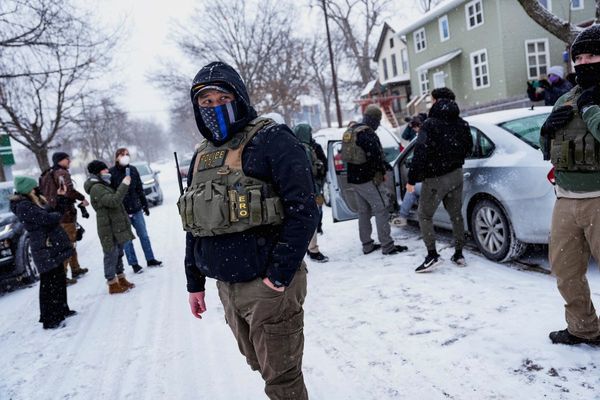The deadly parasite that has affected honey bee populations has been detected hundreds of kilometres from initial sites in Newcastle, with a new emergency zone in north-west New South Wales.
The varroa mite has been detected in Narrabri, with the NSW Department of Primary Industries (NSW DPI) linking it to previously known cases in Newcastle.
Acting Chief Plant Protection Officer Chris Anderson said the affected honey bee hives were stored for several months next to an already affected hive in Newcastle before being moved to Narrabri.
A new emergency zone has been declared around the Narrabri property.
NSW DPI had now established emergency zones around 19 infested premises since the varroa mite was first identified.
Dr Anderson said that with close epidemiological links in all cases, the apiary industry had a good opportunity to eradicate the threat.
Wet weather reduces bee movement
University of New England Researcher and Apiarist Carolyn Sonter said when an infected hive was detected, an emergency zone 'red zone' of 10 kilometres was declared.
"It's basically as the bee flies because we know a bee will fly up to 10 kilometres," Ms Sonter said.
"And then there's a purple zone that covers 25 kilometres away from that hive, and then another of 50 kilometres.
"It means that any hives within that red zone will have to be examined and unfortunately euthanised."
Ms Sonter said that wet weather impacting the North West and Northern Tablelands region was fortunate to reduce the natural movement of bees.
"However, the weather also means it will be harder for people to go out there and work on their hives," she said.
"It's too early to say how many other hives have been affected. We're relying heavily on the honesty of people."
Local beekeepers are on alert
Dan Maptstone, a local beekeeper and breeder with hives near the emergency zone, said he was shocked to wake up to the news that varroa mite had been detected so close to home.
His bees are just five kilometres from the red zone, where hives must be destroyed.
"We've done well so far to keep it out, so to get to this stage and for it to be in our little country town is quite a shock," Mr Mapstone said.
"It's a big concern if we go into that red zone. We have to eradicate every one of our hives, so we'd be starting from scratch again, and that's a real letdown."
Mr Mapstone has already lost hives to drought and flood and has been trying to rebuild.
He said if he did see an infestation of the varroa mite, it would take at least two seasons to rebuild.
"I would like to see the DPI reaching out to local beekeepers involved in their area and let them go and help try and eradicate this thing because obviously, they would need a huge team to keep on top of this."
While beekeepers are concerned, CEO of the Australian Honey Bee Industry Council Danny Le Feuvre said the detection at Narrabri showed contact tracing was working.
"So far, all our detections are directly connected back to the Newcastle area," he said.
"We have no reason to believe why we couldn't eradicate it at this stage."







